Clinical Corner
QWhat is an over-the-counter supplement shown to be useful in the treatment of excoriation disorders?
Medically reviewed on 12.1.2022 by Mark Lebwohl, MD
Ever have those patients that subconsciously pick at their skin when stressed?
Examples I see monthly in clinic are patients with acne excoriée or habit tick deformity of their nails from chronically picking or biting at their cuticles.
Many of them are bothered by the disfiguring results of their picking, but oftentimes this repetitive behavior is done subconsciously, so it’s hard for them to stop. Besides recommending treatment strategies like cognitive behavior therapy, I also tell them about an OTC supplement that has been shown to help.
Although small, this study published in JAMA Psychiatry in 2016, showed that N-acetylcysteine dosed at 1200-3000 mg a day for 12 weeks resulted in a significant reduction in skin-picking and was well-tolerated. Of the 32 participants who were assigned to NAC treatment and completed the study, 15 of the 32 participants were “much” or “very much improved” compared with just 4 of the 21 participants who were assigned to placebo that finished the study.
What is it exactly? N-acetylcysteine is derived from the amino acid L-cysteine, so your patients can feel good about taking a “natural” supplement.
I first became familiar with it as an emergency room PA many years ago because it is also used to treat those with acute acetaminophen poisoning. We also utilized it as an agent to prevent contrast-induced nephropathy in those needing certain types of imaging.
It’s wonderful to see its potential use now in dermatology for excoriation disorders.
N-acetylcysteine can be found at most vitamin shops or ordered online and cost around $21 for a 2-month supply of 120 pills, making it a cheap and safe option for patients suffering from repetitive picking behaviors.
References:
- Grant J, Chamberlain S, Redden S. N-Acetylcysteine in the Treatment of Excoriation Disorder A Randomized Clinical Trial. JAMA Psychiatry. 2016 May; 73(5):490-496. doi:10.1001/jamapsychiatry.2016.0060



